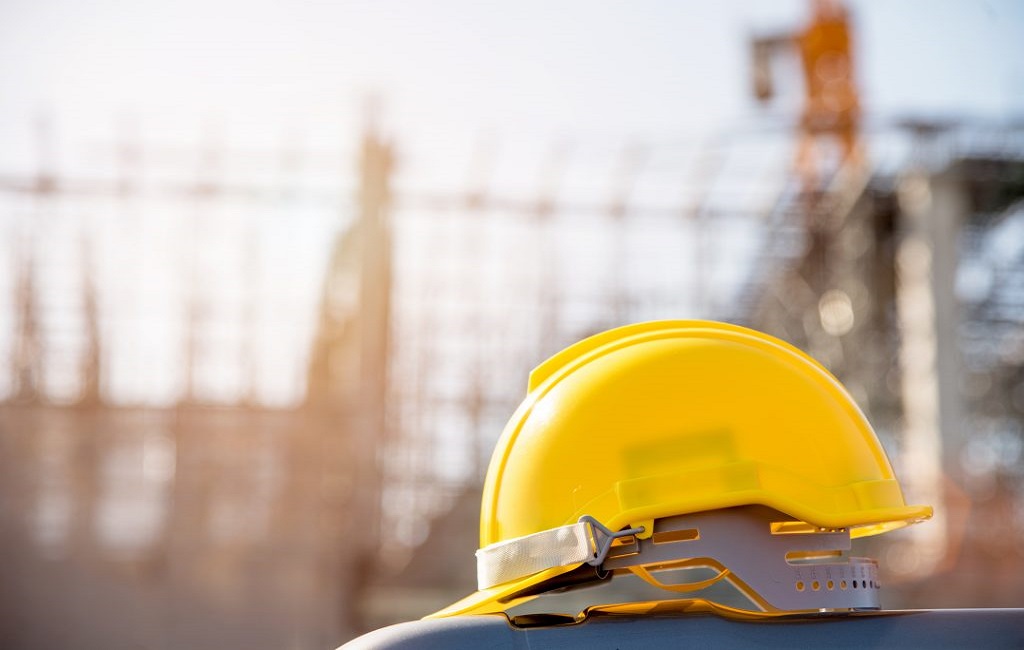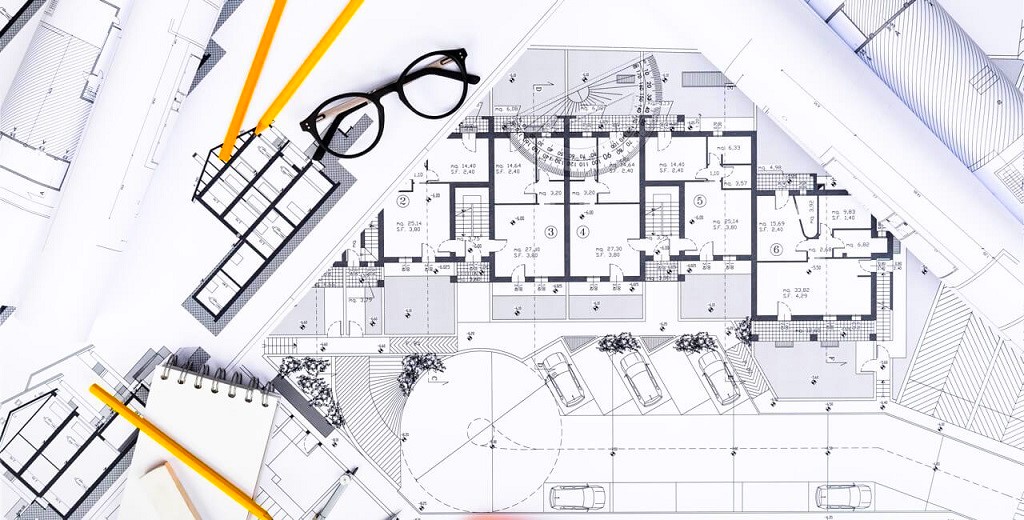Civil engineers have some of the most critical roles in the construction site. Thus, civil engineers should know how to stay protected from the hazards of their jobs. Without the guarantee of safety, it can be difficult for them to do their jobs well. Civil engineering safety is also crucial for keeping the worksite OSHA-compliant. Among the hazards civil engineers face include falling from heights, getting hit by moving objects, falls, and slips.
Here are five health and safety tips for civil engineers.
Feel Comfortable Sharing Concerns
Civil engineers should feel comfortable sharing their concerns. Thus, companies must create an environment where people can open up about work-related issues and concerns. An environment where everyone is comfortable sharing is crucial for keeping a safe and healthy workplace. Giving employees opportunities to express concerns, ideas, and perspectives without fear of consequences should be the first step to ensuring workplace safety.
Civil engineers work at potentially dangerous job sites and in challenging situations. Companies that hire civil engineers should adopt a “not for blame” culture when investigating incidents. That way, people will feel more comfortable explaining their experience of an incident, which everyone in the organisation can benefit from.
During turbulent times, it’s natural for people to hold back and avoid taking risks. It can mean a reluctance to report any mistakes committed. Whether they know their mistakes or not, companies should try to protect their employees’ reputations. Thus, company leaders should adopt a formula for achieving and maintaining a “psychologically safe” workplace for civil engineers.
Understand Potential Risks
One of the best ways civil engineers can stay safe at work is to be aware of the potential risks. For instance, since their job sometimes requires working from heights, they are at risk of falls from heights. In fact, it accounts for a quarter of fatal incidents on construction sites. To minimise this risk, everyone, especially the engineers, should receive onsite training on how to work with and install heavy equipment on varying surfaces.
Employers must also take steps to minimise risks of falling. For instance, they should avoid having engineers work at high heights. But if they need to work in those places, they must first assess all risks of working from a significant height and create a plan to ensure safety. They can consider installing a safety net underneath the work zone to minimise impact in case of a fall.
Another risk civil engineers face at work is the risk of getting hit by moving equipment like forklifts, cranes, backhoes, excavators, and other equipment. Thus, civil engineers working in construction sites should remain vigilant of their surroundings and have reflective jackets, so they will remain visible, improving overall safety on site.
Understand Health and Safety Protocols
Every civil engineer needs an understanding of their safety and health at work. Thousands of workers die on construction sites each year. By providing proper training on health and safety, they can minimise fatal accidents in construction and save thousands of lives. Thus, companies in the construction industry should consider providing health and safety training for engineers to help eliminate potential risks.
Construction work is a high-risk environment in general. Even though health and safety measures in construction have significantly improved in recent years, the industry still accounts for a high percentage of injuries and fatalities at work. Since civil engineers are on construction sites most of the time, they must undergo extensive training to understand health and safety protocols and ensure their safety and those around them. In addition, employers must refresh and develop these training materials and keep them updated.
Aside from providing proper training, there are many other ways construction companies can help civil engineers understand health and safety protocols. These include conducting regular safety meetings and talks and having clear warning signages.
Wear PPE
Although it’s impossible to avoid all hazards during construction, one effective way to ensure the safety of civil engineers working on-site is to wear PPE. PPE means Personal Protective Equipment and is essential on construction job sites or workplaces that pose safety hazards. It refers to the devices employees wear and use to prevent workplace risks. The PPE should protect against injuries to the head, eyes, lungs, skin, ears, etc.
Some of the most common examples of PPE are gloves, hard hats, shoes, safety glasses, reflective vests, full-bodysuits, earmuffs, coveralls, and respirators.
PPE is essential despite exhausting all measures for risk prevention. Wearing PPE limits exposure to chemicals or objects that can cause harm to workers. The Occupational Safety and Health Act (OSHA) requires employees to wear PPE when necessary. PPE comes in different categories and should protect the head, hands, feet, legs, eyes, face, and skin or body.
A workplace hazard offers opportunities for potential harm to workers. Although employers must be responsible for removing safety hazards, those working on-site must be aware of workplace hazards and know how to protect themselves. One of the best ways they can remain safe is by wearing PPE.
Hold Regular Health and Safety Meetings
While proper training on health and safety is necessary, it is not enough to ensure safety for civil engineers and those working on construction sites. Employers should also hold regular health and safety meetings to inform everyone of the proper health and safety procedures.
Civil engineers and construction workers face safety hazards at work daily, even on easy construction projects. Safety meetings can help mitigate the risks of accidents and injuries. Some topics to cover in safety meetings include fall hazards from rooftops, ladders, scaffolding, and floor openings. It can also discuss the required PPE, such as hard hats, safety glasses, safety boots, gloves, etc.
Safety meetings should not be a one-time thing. Employers should conduct regular meetings and make them as impactful as possible to lower the risk of accidents and injuries at construction sites. Be sure to think of topics relevant to their work to avoid wasting time. Focus on a single topic to keep employees engaged. It does not have to be long – make it short but packed with information.
Tags: civil engineering safety tips, Civil Engineers, safety tips




Leave a Reply